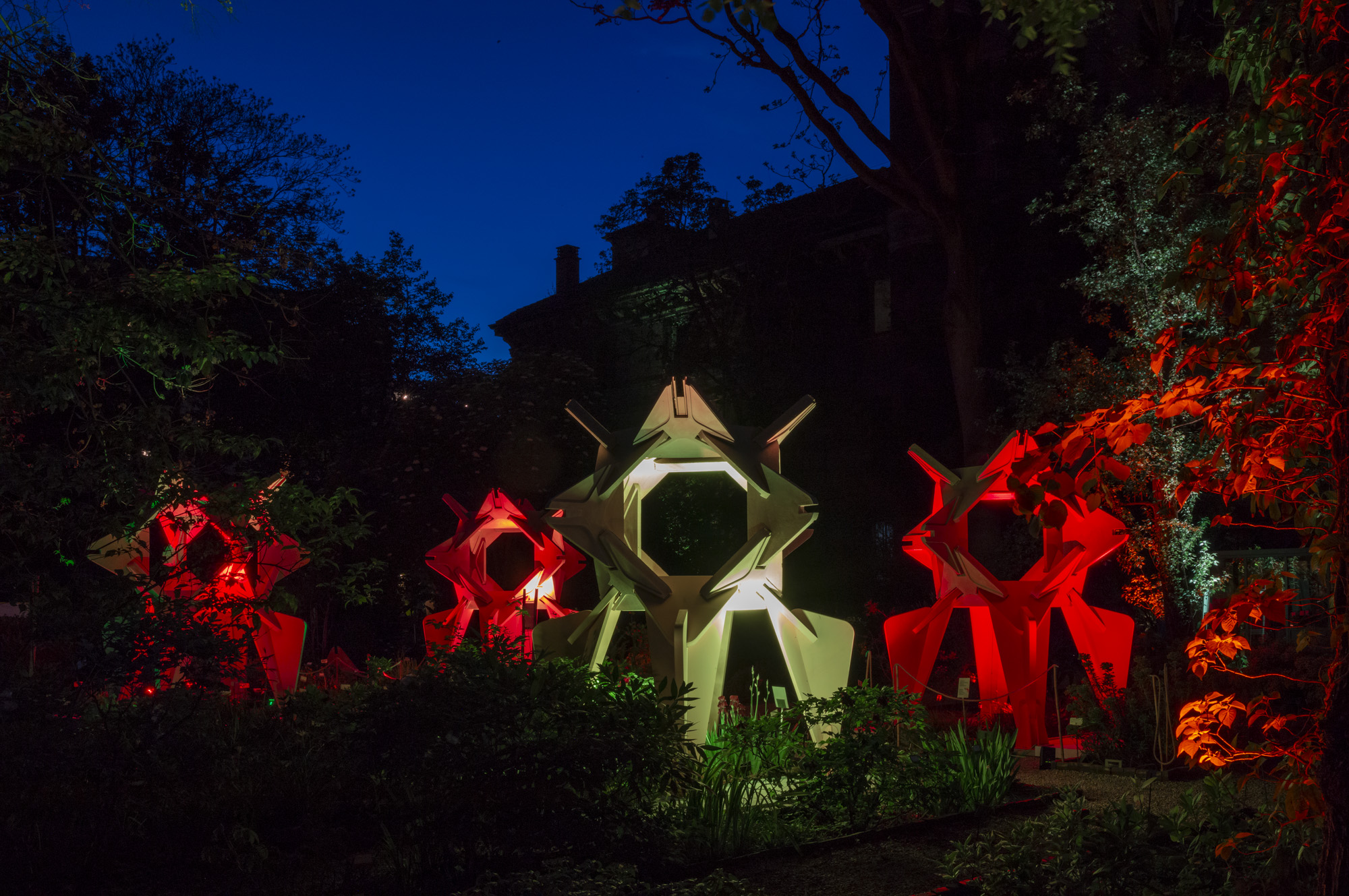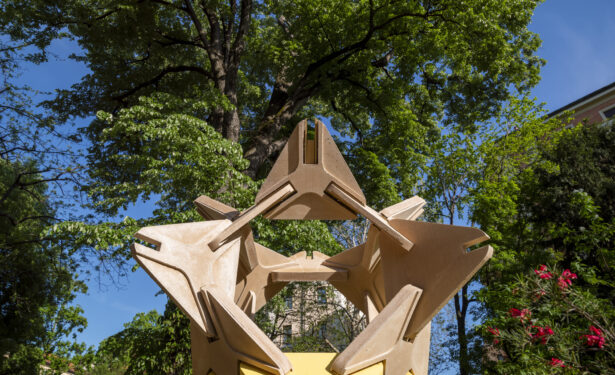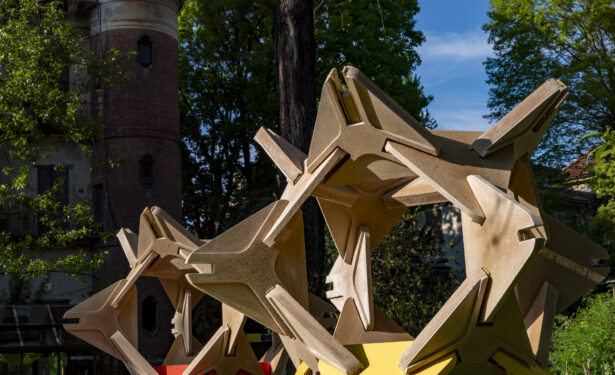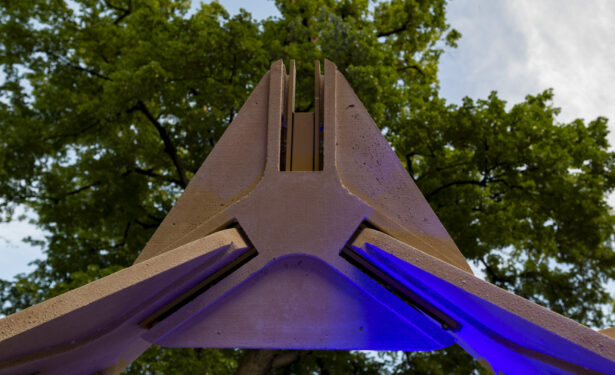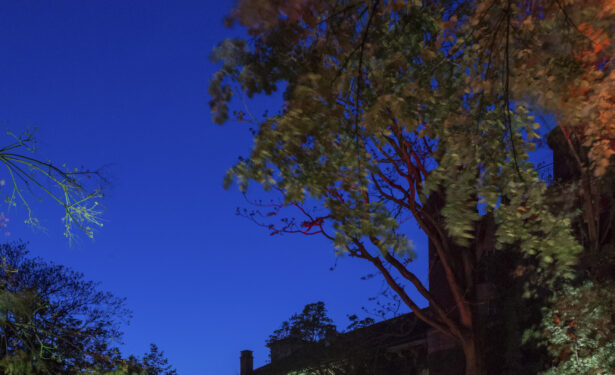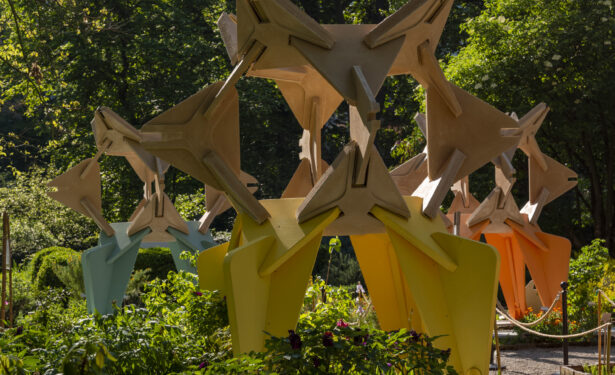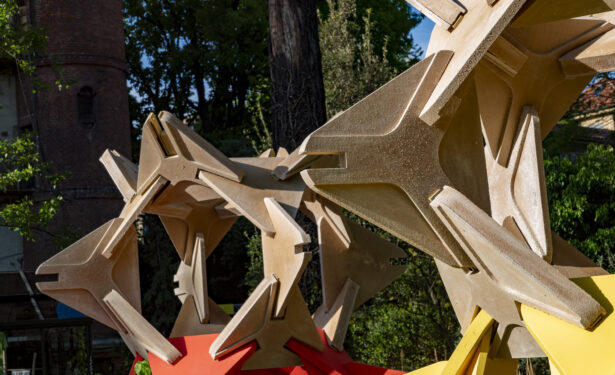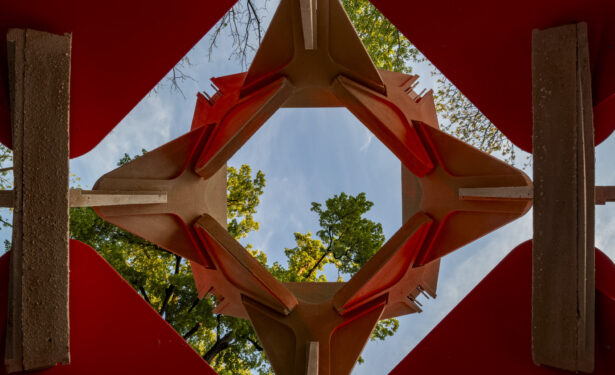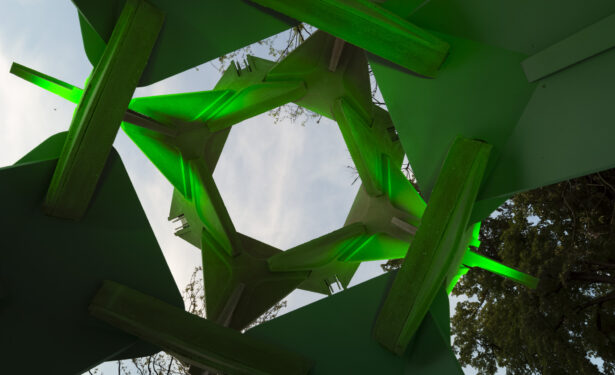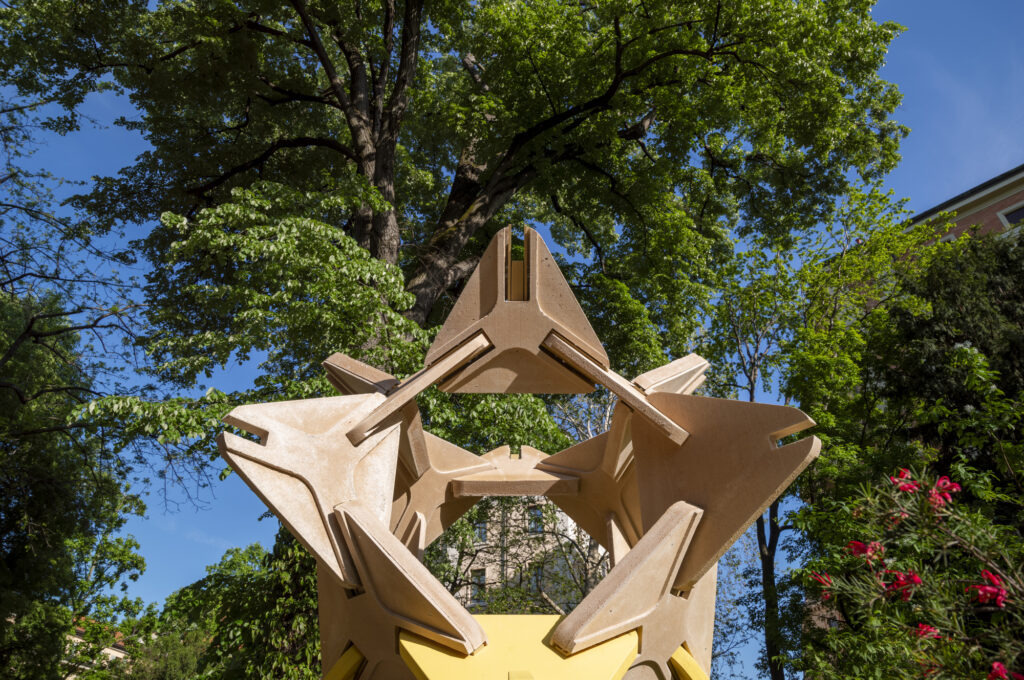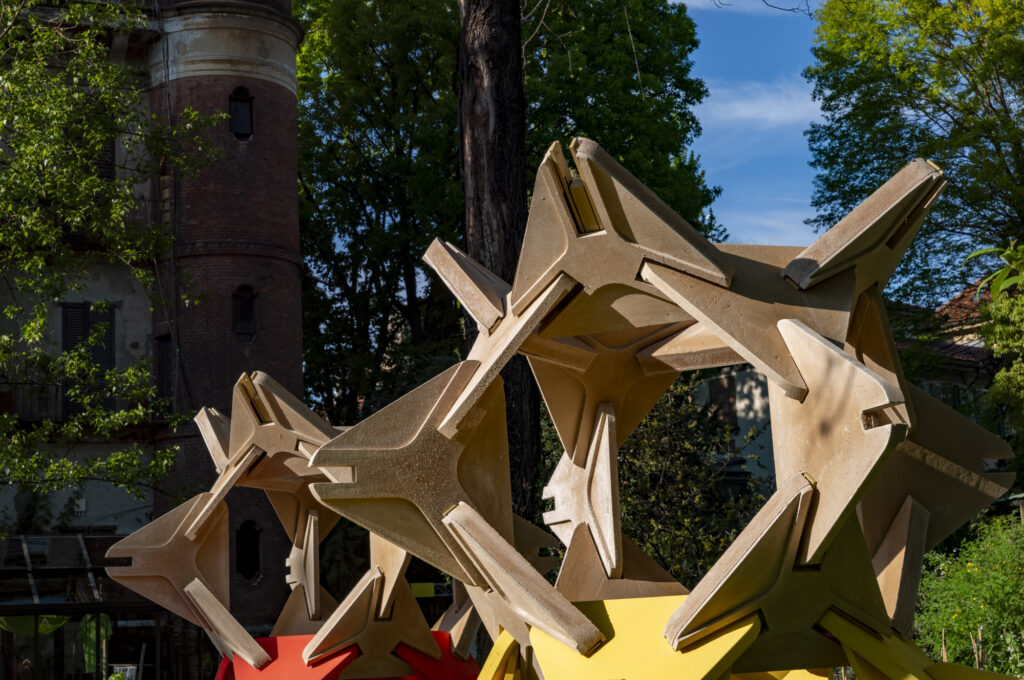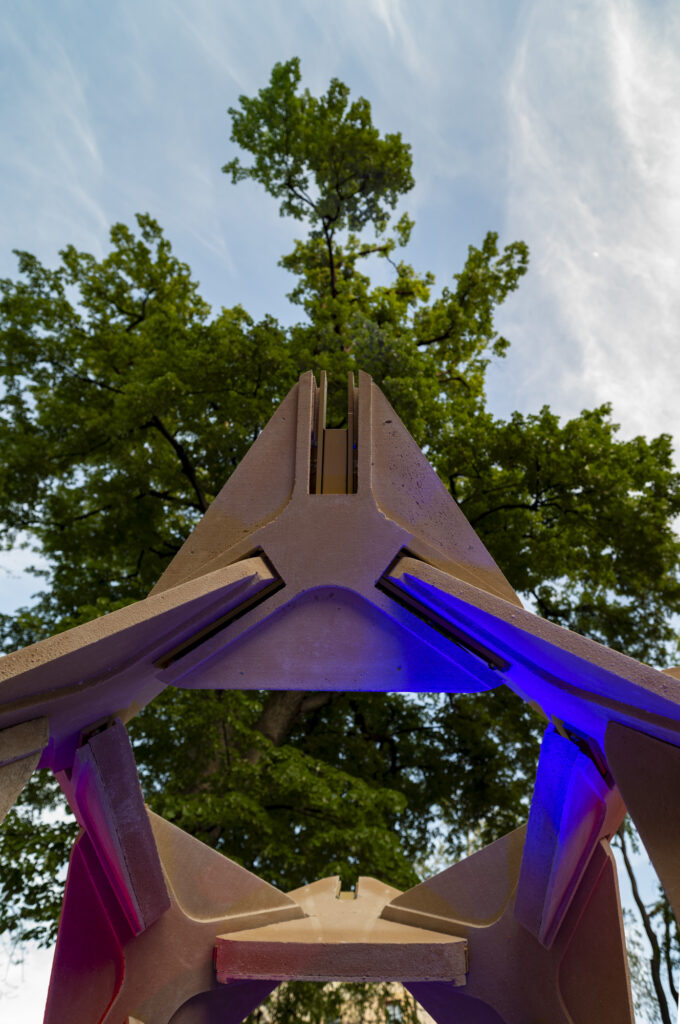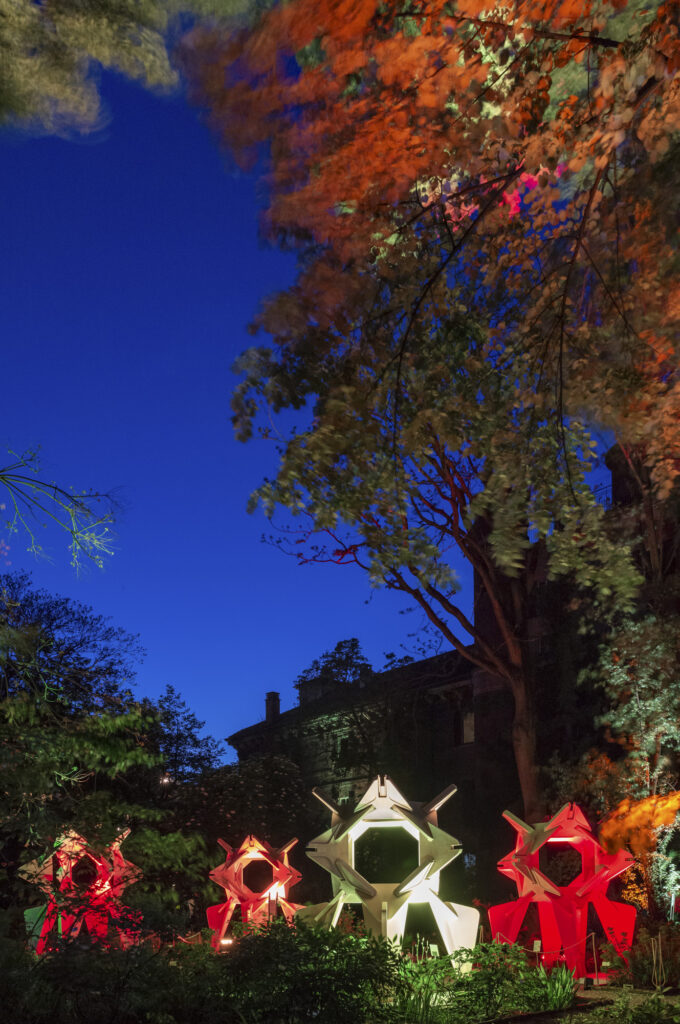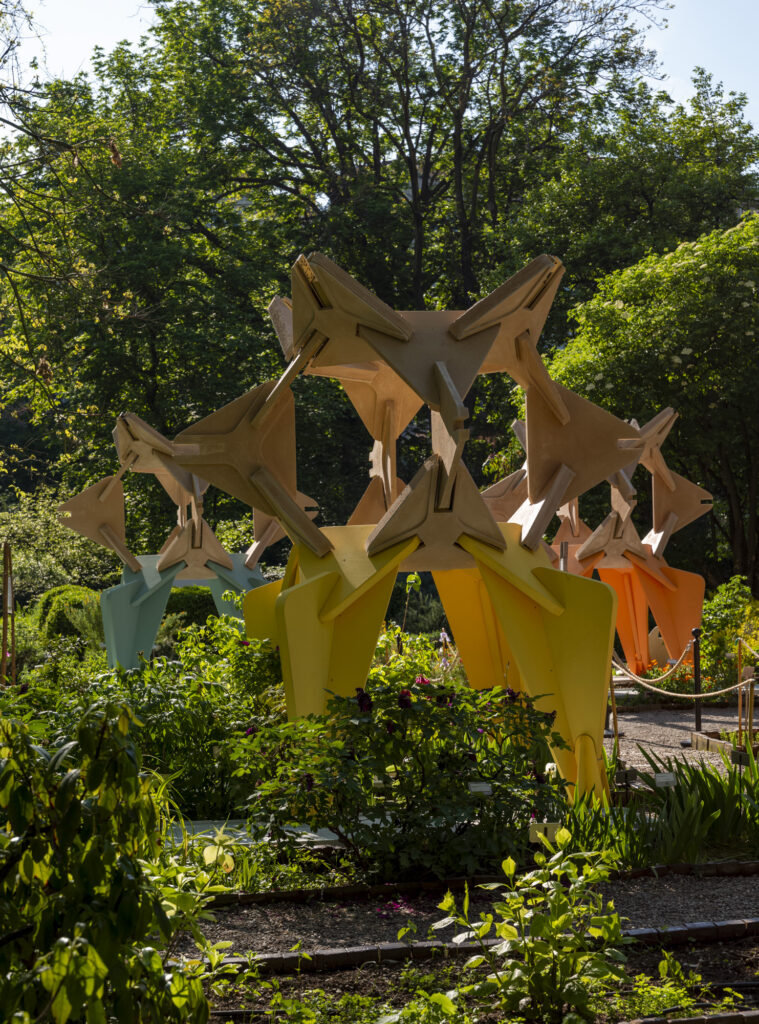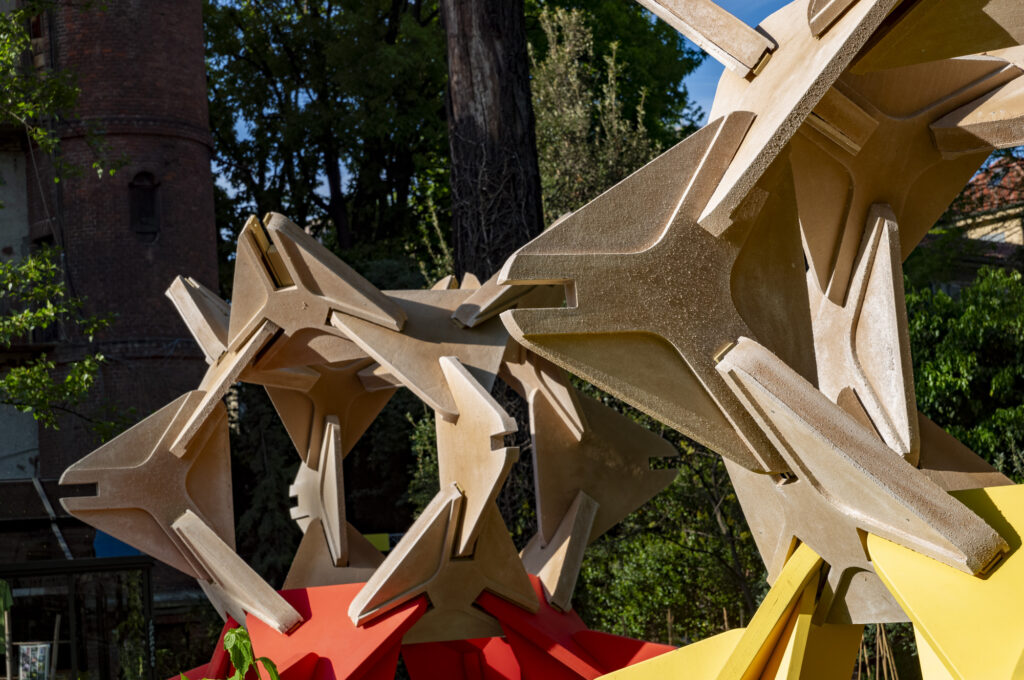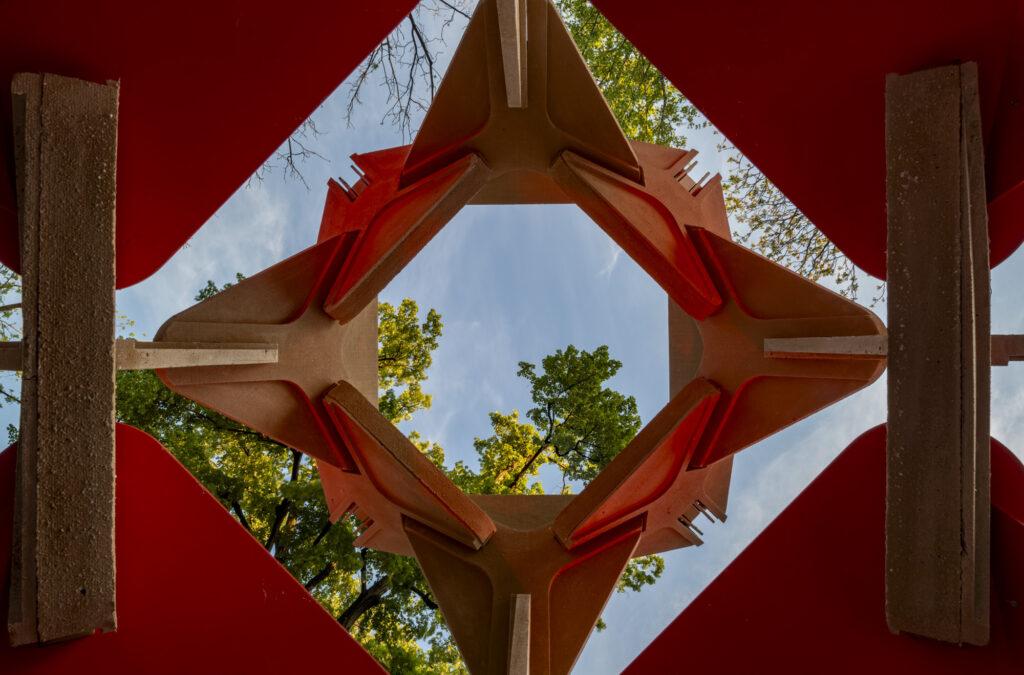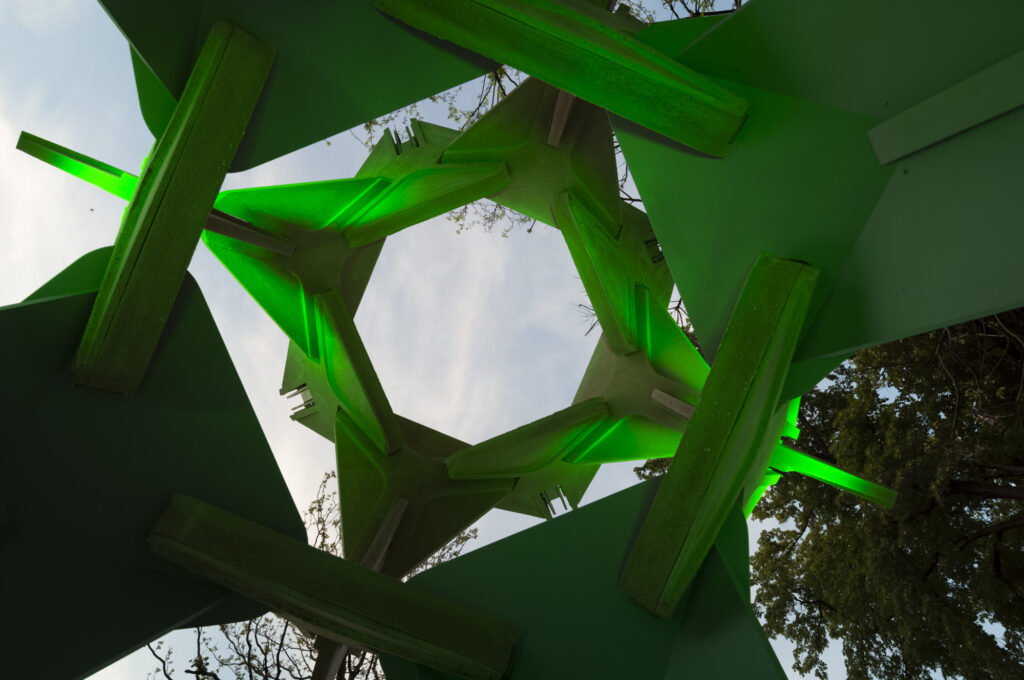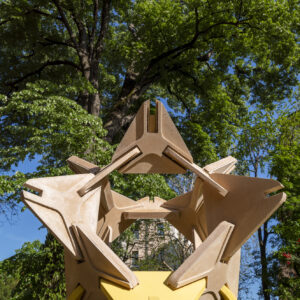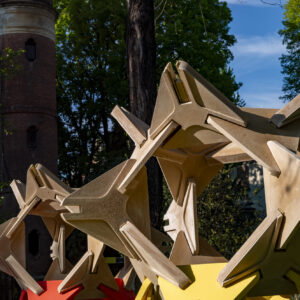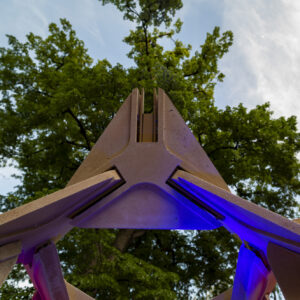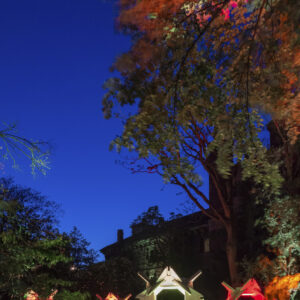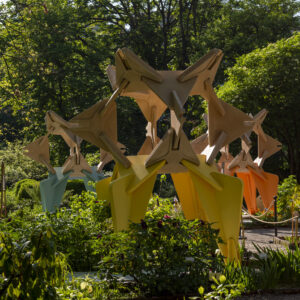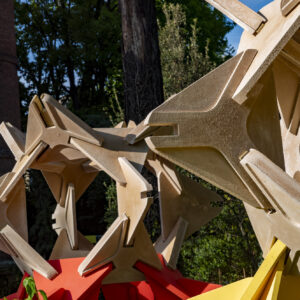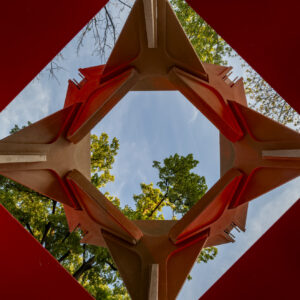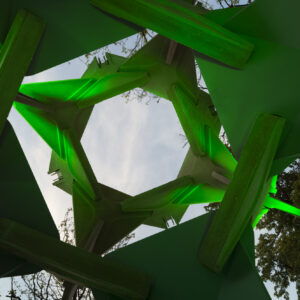- 18 April 2024
- 338 defa okundu.
sunRICE IN MILAN
How many things can be done with the world's most abundant foodstuff: rice? While three-Michelin-star chef Niko Romito bakes "cookies," CRA and Italo Rota unveil an experimental installation that starts from the byproduct of rice farming, to create a spatial architecture interacting with the trees at Milan's Orto Botanico.
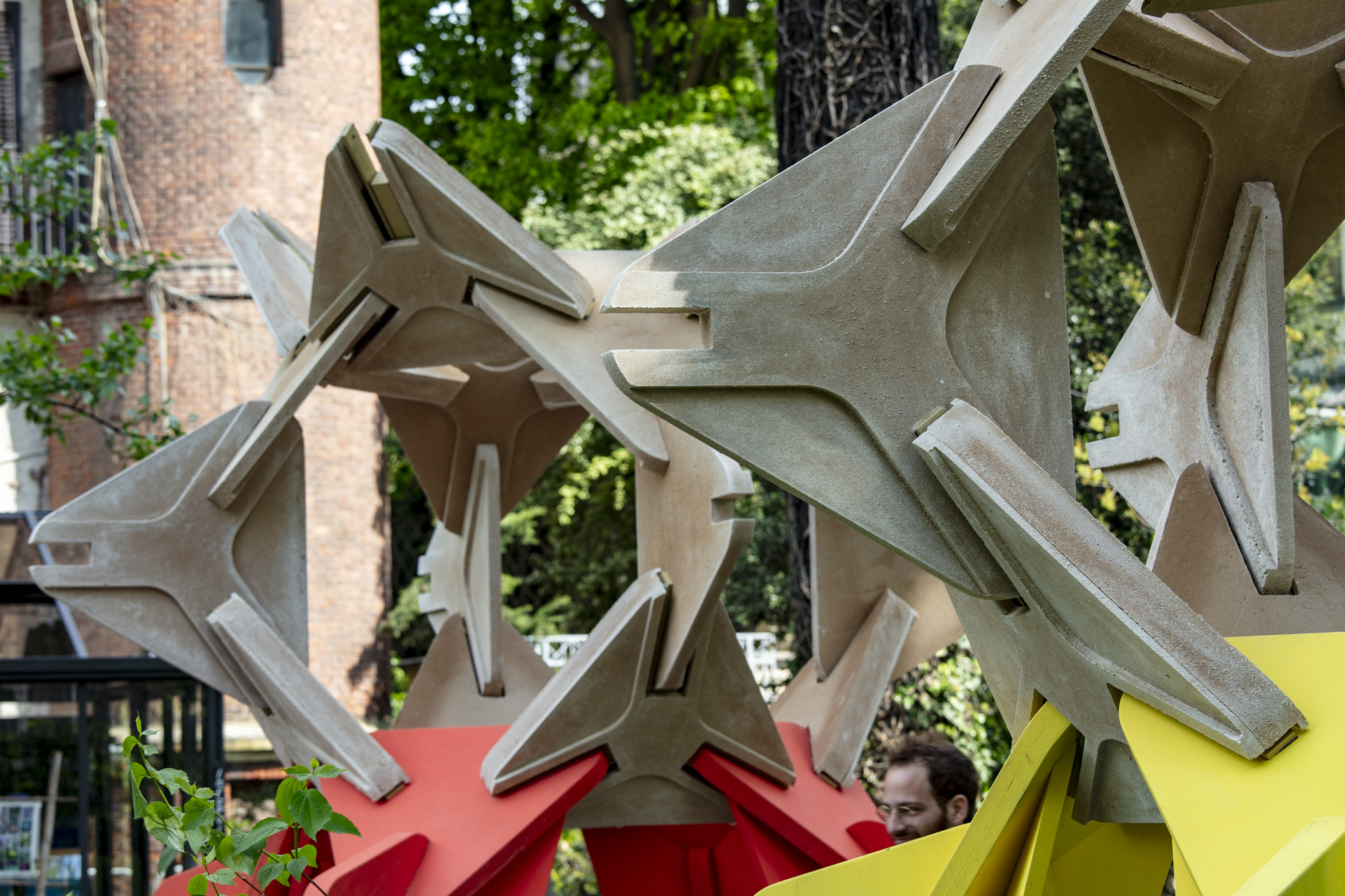
International design and innovation office CRA-Carlo Ratti Associati, together with the late Italo Rota (1953-2024), unveils a project for Milan Design Week 2024 transforming the Brera Botanical Garden into an immersive pathway exploring the multiple uses of rice – from food to experimental construction material.
Developed for global energy company Eni along with three Michelin-star chef Niko Romito, sunRICE will be open to the public until 25th April 2024, as part of the INTERNI Cross Vision exhibition.
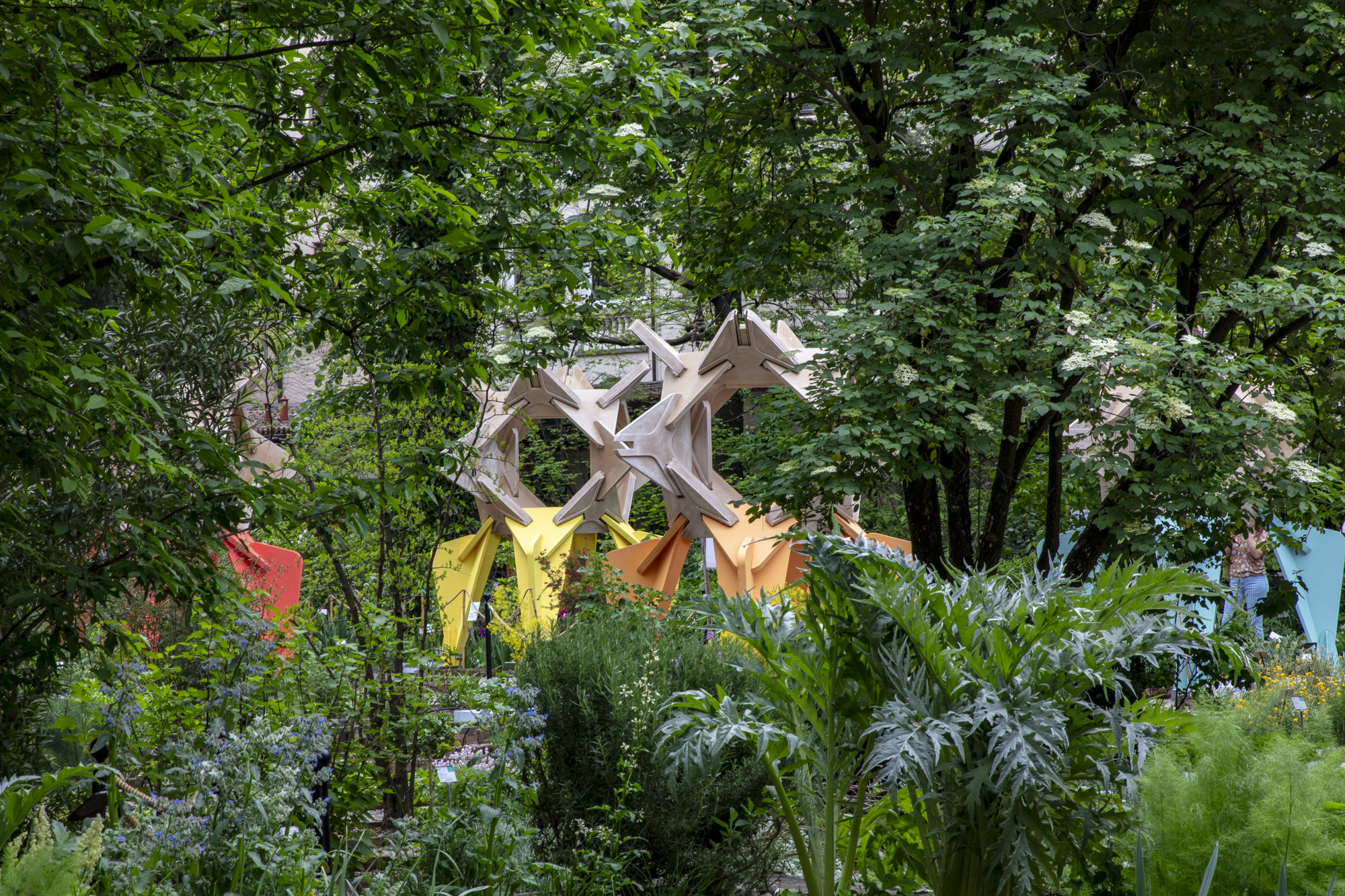
The installation consists of a series of geometrical units created from rice husks – the byproduct of rice processing, which is usually discarded.
Evoking the modular, cellular structure of natural materials, starting from a basic triangular form, the units evoke both spatial architectures and Yona Friedman’s metabolic structures, which can grow within nature and transform to accommodate new functions.
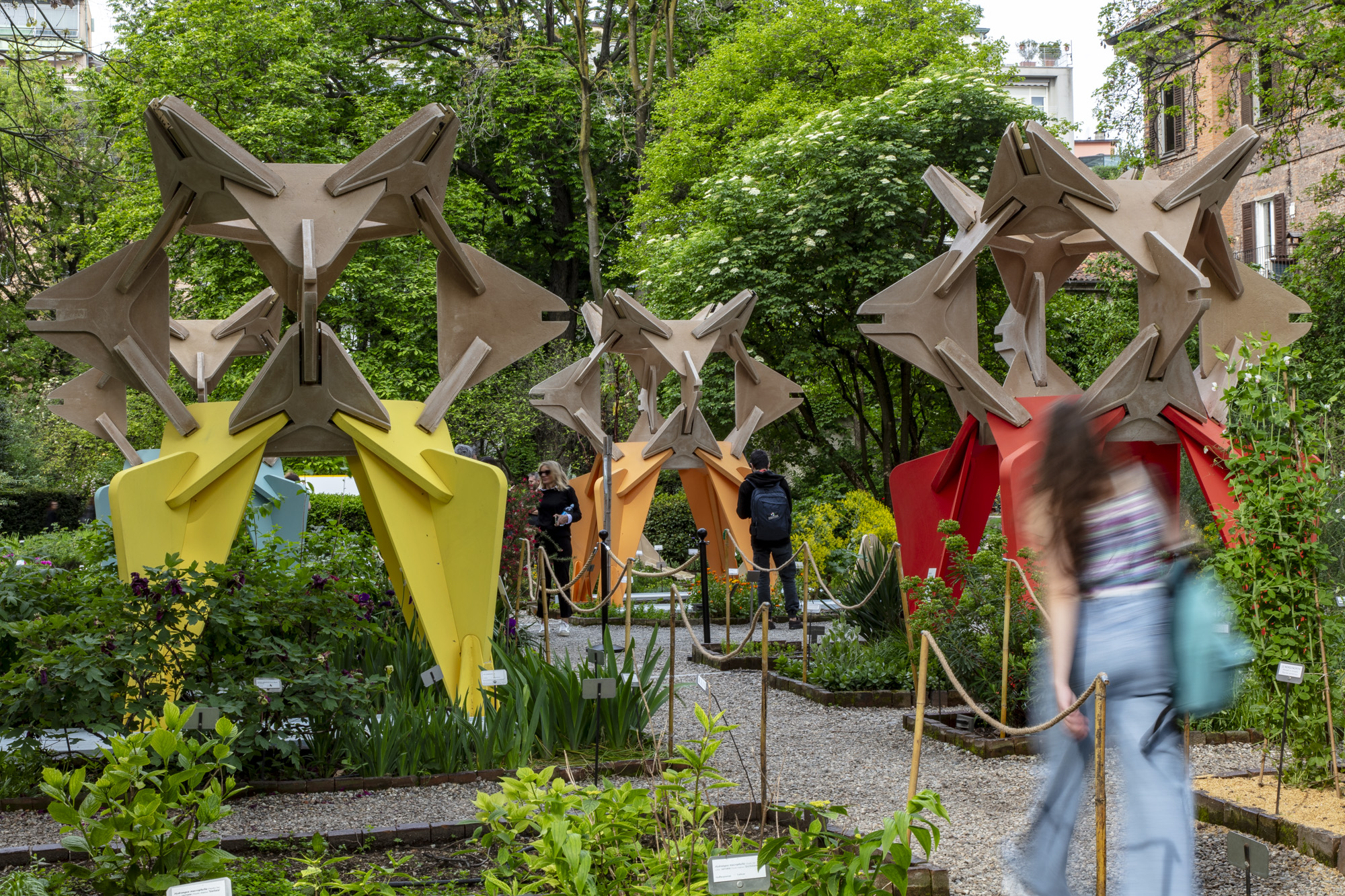
The installation is largely composed of silica-based geopolymer RH-GEO, developed by construction material startup Ricehouse: an inert material that hints at a zero-waste production process.
The installation is part of a wider experience that starts with the values of skills and training, then exploring materials research while linking it to food.
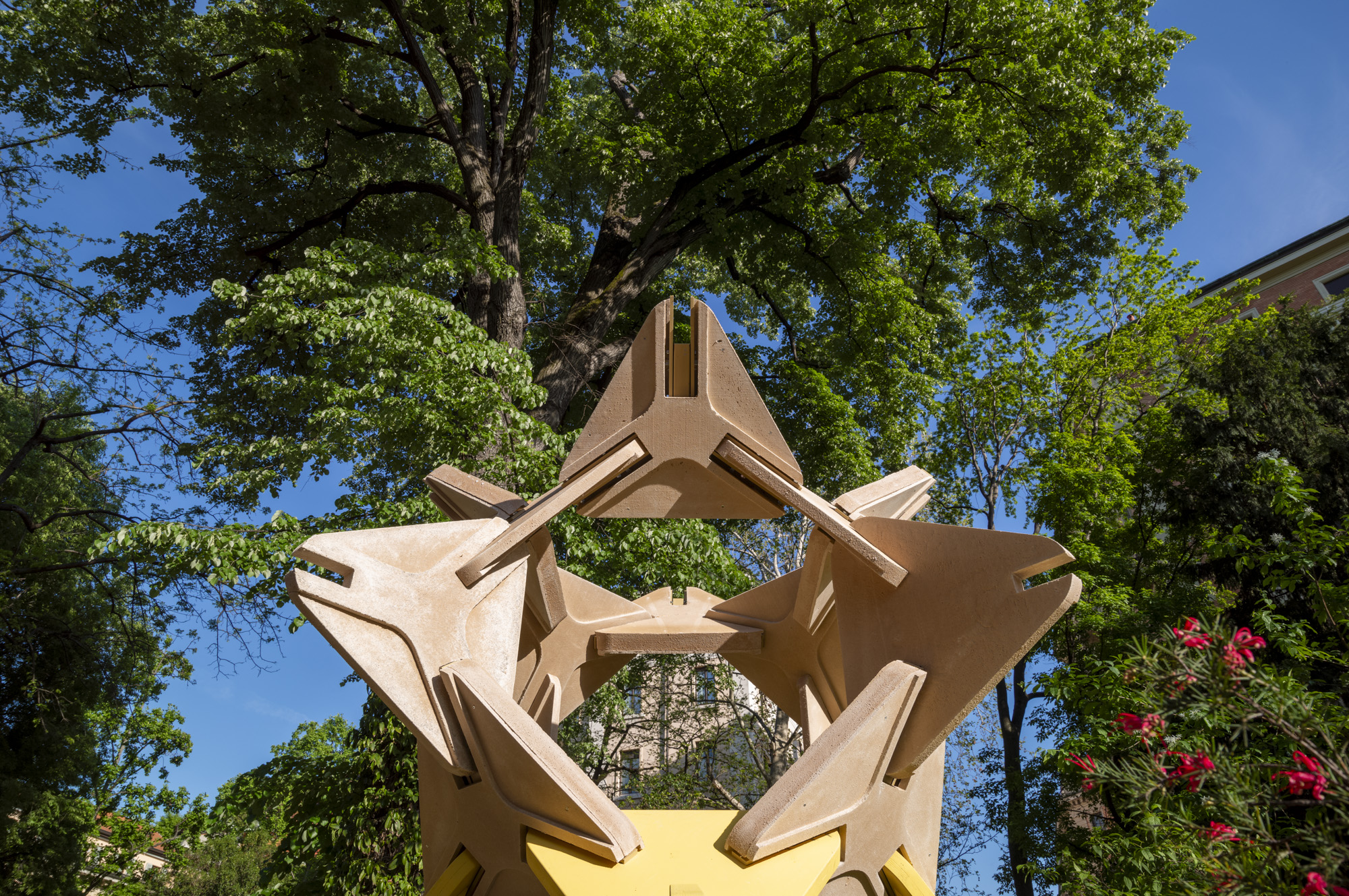
The Botanical Garden itself is integral to the meaning of the installation: edible plants including sage, fennel, and other Mediterranean flavors are used by Chef Niko Romito to create a “cookie”, engaging the final sense: taste.
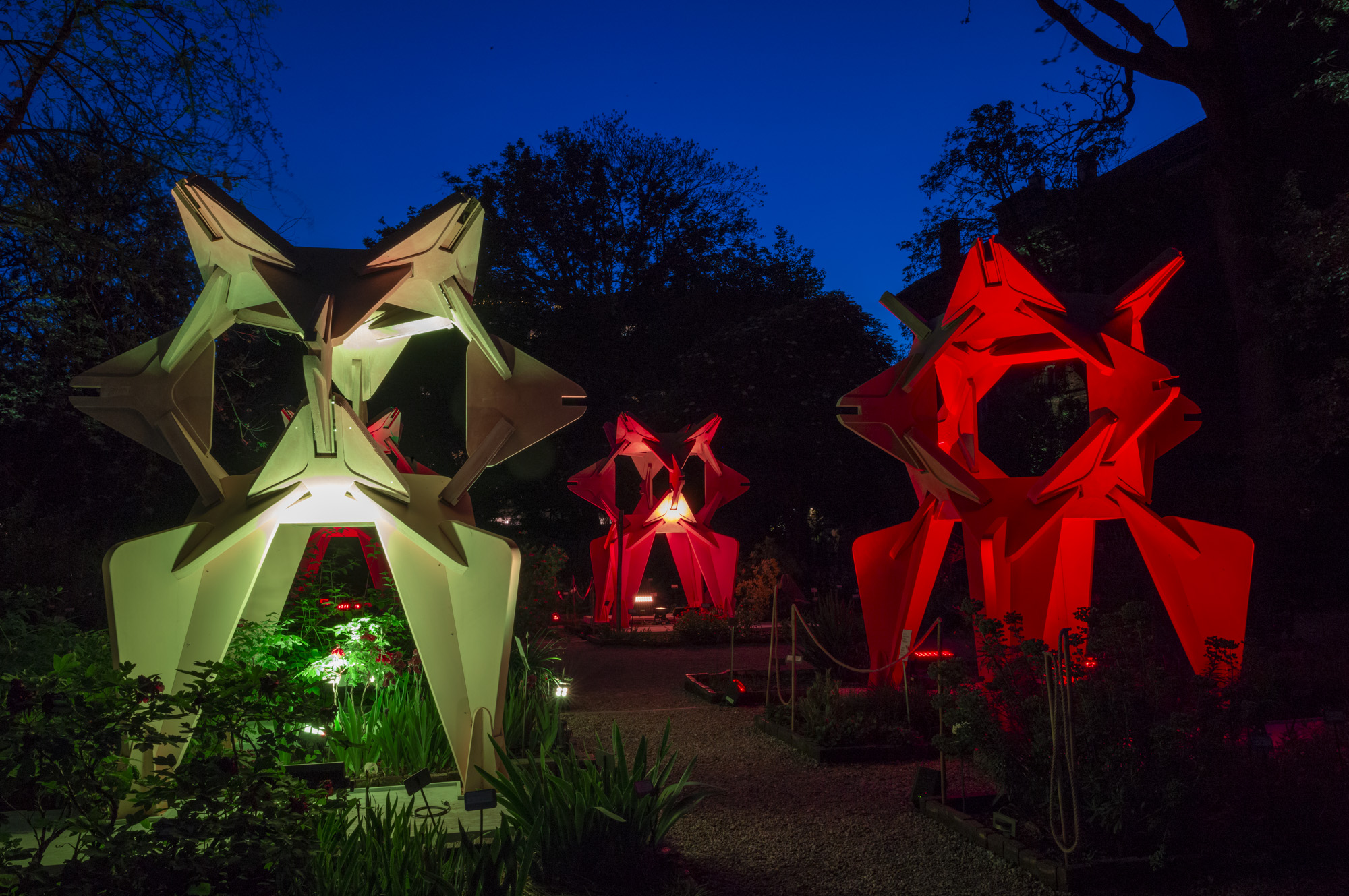
Carlo Ratti, founder of CRA and curator of Biennale Architettura 2025, explains that “Rice is the most widely consumed food in the world, and this is precisely why it has such an extensive and profound cultural significance, opening up so many uses and as-yet unexplored avenues for experimentation. As we explore alternative ways to feed the planet’s growing population, so too must we research the ways we can use these materials for sustainable construction.”

sunRICE was conceived alongside the late Italo Rota, one of the leading Italian designers of recent decades and a long-standing collaborator of CRA.
“Italo was a true innovator,” adds Ratti, “capable not only of giving new answers but of asking himself new questions – the most difficult thing. No single design can sum up the breadth of his creativity, but his visions on circularity have been a profound inspiration as we finalized this project after he left us.”
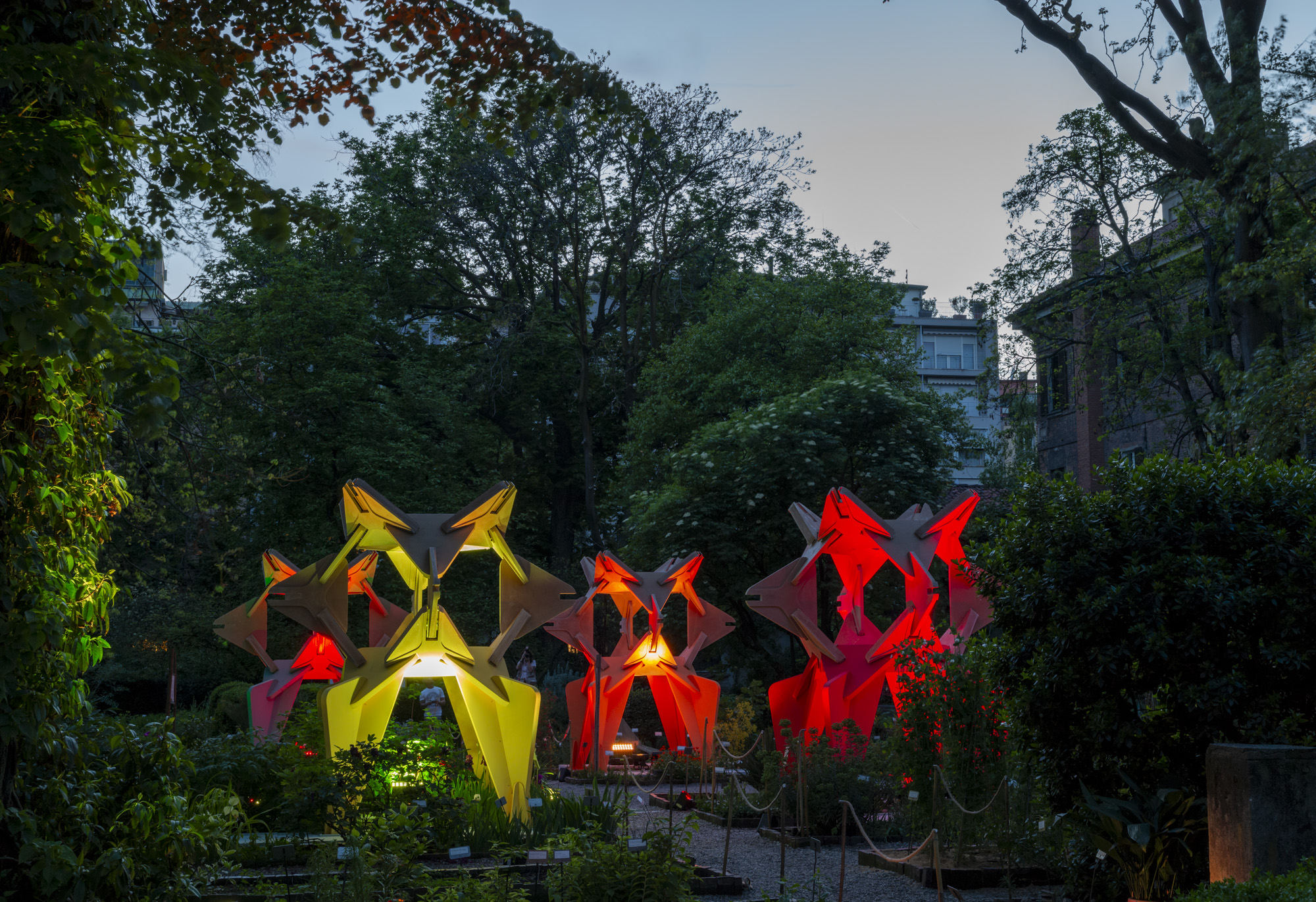
For many years, CRA has been investigating materials innovation as a design studio.
These projects include mushroom mycelium with “The Circular Garden” at Milan Design Week 2019, or coffee grounds and orange peels with Italy’s national pavilion at Expo Dubai 2020.
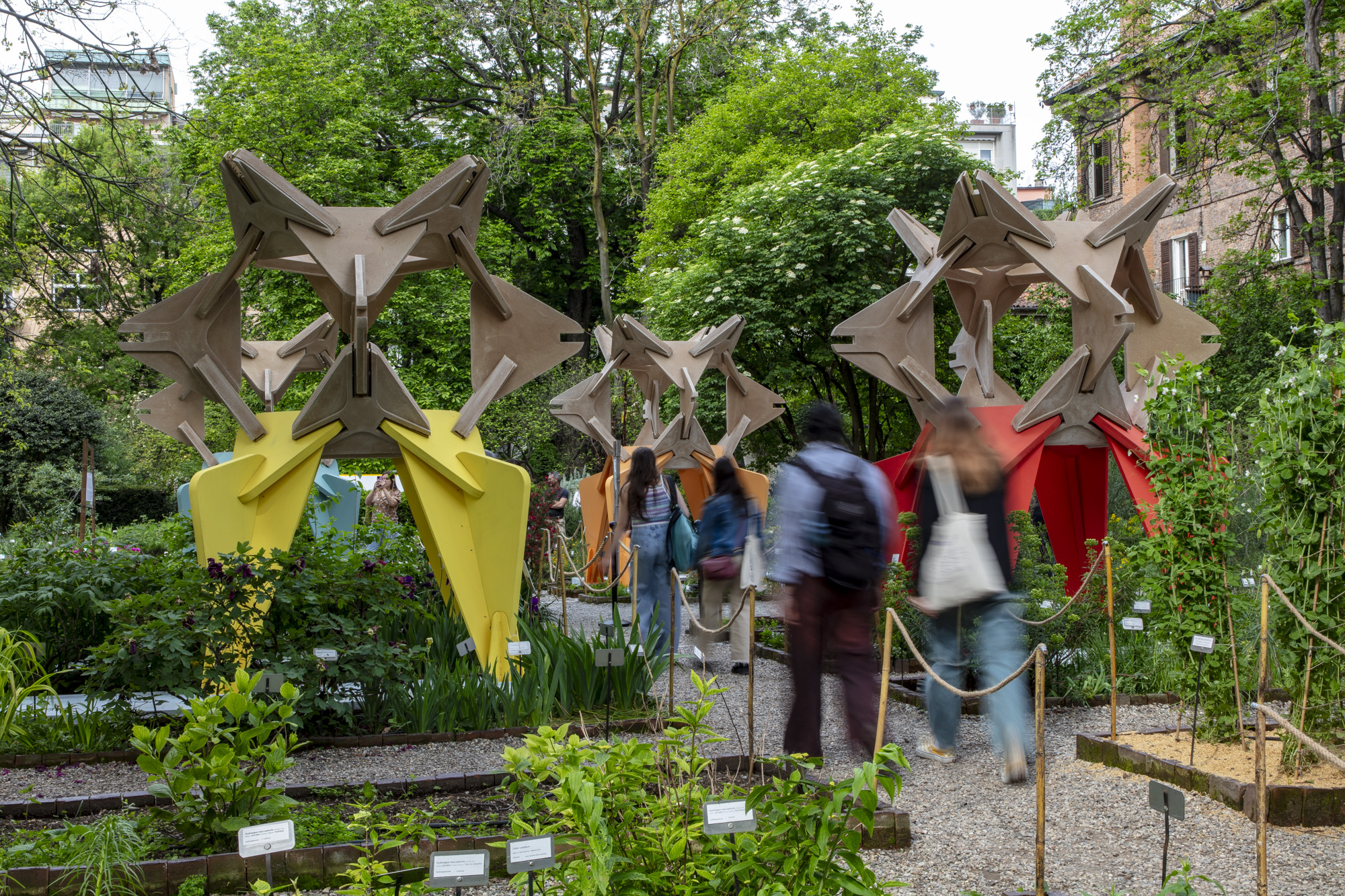
In 2023, the objective of fostering innovation in the construction industry resulted in CRA launching Maestro Technologies, a start-up, whose projects include AI Timber, using artificial intelligence to minimize waste in CLT production by 30%.
